2024 will be a year of significant electoral change but also one of significant political realignment in Scotland.
The significant electoral change is, of course, obvious.
This year is a general election year and – whether that election is in spring, summer, autumn or, indeed, winter – it will spell disaster for the SNP.
According to the latest polling, the SNP is now trailing Scottish Labour nationally and is on course to lose dozens of seats across the Central Belt.
If the SNP does cling on, it will be in rural areas where – for the moment at least – it is saved by the apparent inability of the Liberal Democrats to make a breakthrough.
Such a drubbing at a general election will undoubtedly also herald a change of SNP leader in 2024.
Return of Tartan Tories
Humza Yousaf has been dealt a bad hand, but he has also played it atrociously.
Meanwhile, his erstwhile rival, Kate Forbes, has only enhanced her reputation by judicious interventions on key issues, most recently NHS reform.
After an electoral defeat later this year, it is to her that the nationalist faithful will surely turn for salvation.
The end of the SNP’s electoral dominance of Scotland, as well as a new leader, will in itself represent a significant change in Scottish politics in 2024.
But it will also presage a much more fundamental realignment of the political landscape and, in particular, the return of the Tartan Tories.
This is not just a reference to Forbes’ likely accession to the SNP leadership, although that would be a significant factor in itself.
Yousaf, just like his predecessor – Nicola Sturgeon – views himself very much as a social democrat and has centred his power in the Central Belt, particularly Glasgow.
Forbes, in contrast, spurns that proposition, regularly challenging the assumptions of “progressives” and casting herself as the champion of forgotten – i.e. not M8 corridor communities.
But more fundamental to the return of the Tartan Tories than any individual would be the redrawing of the electoral map following the general election.
With the loss of the Central Belt to a resurgent Scottish Labour, the SNP will be left as a party increasingly rooted in rural – rather than urban – communities.
This will fundamentally change the make-up of the SNP, both in terms of its elected representatives, but also its members.
End of SNP-Green coalition agreement?
In such an eventuality, it is inevitable the party’s priorities will change to reflect its changed circumstances.
Coupled with a Forbes leadership, this will see the SNP slowly pivot from being a party associated with woolly social and environmental issues to one more focused on the hard – and controversial – topics of economics and public service delivery.
The consequence of such a shift would be huge.
Most obviously and immediately, it would certainly spell the end of the SNP-Green coalition arrangement.
Such an occurrence would be deeply symbolic, but it could also have major political ramifications, potentially leaving a new nationalist administration unable to cobble together a majority.
Scottish Labour vision
Perhaps even more fundamentally, a resurgence of the Tartan Tories would leave a gaping void on the centre left of Scottish politics that Anas Sarwar’s Labour would be only too anxious to fill.
It would allow him much-needed space to lay out his own vision without having to compete with the SNP for airtime.
Of course, there are still many months to go until the general election and much politicking still to take place.
But it nevertheless seems clear that, if we accept 2024 is going to be a year of electoral change, it is also going to be the year politics in Scotland is realigned, and the Tartan Tories fight back.


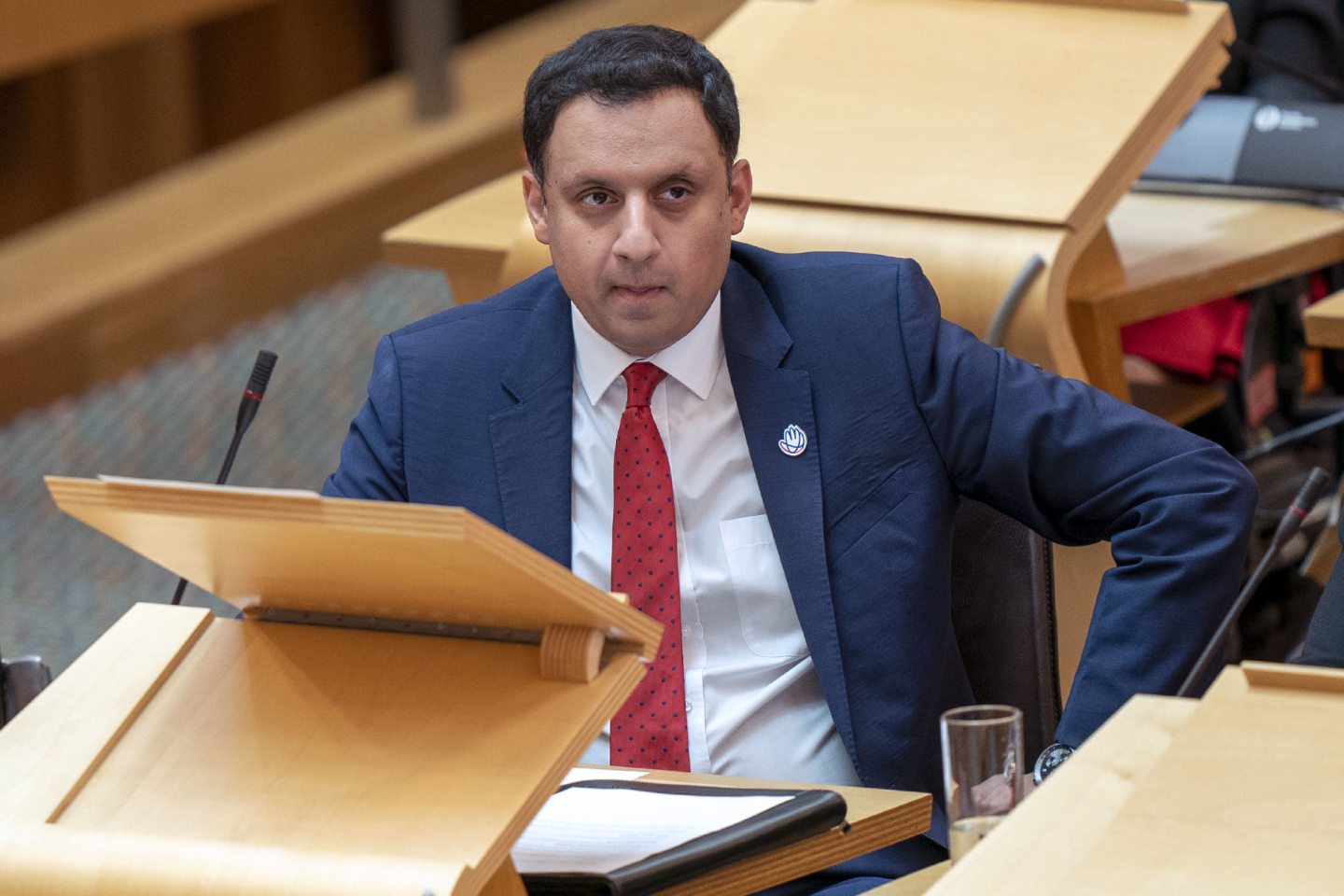
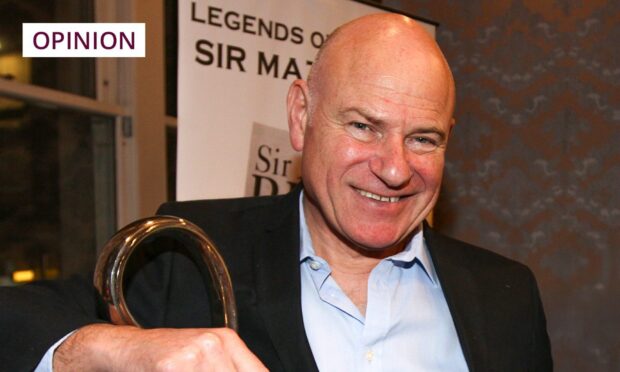
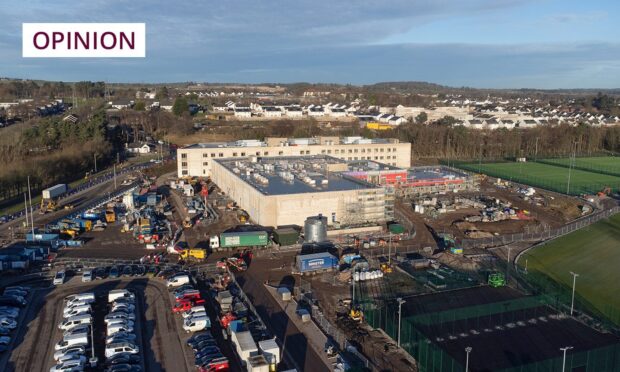
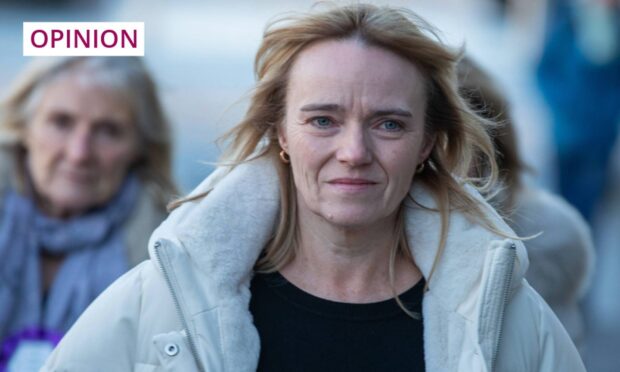
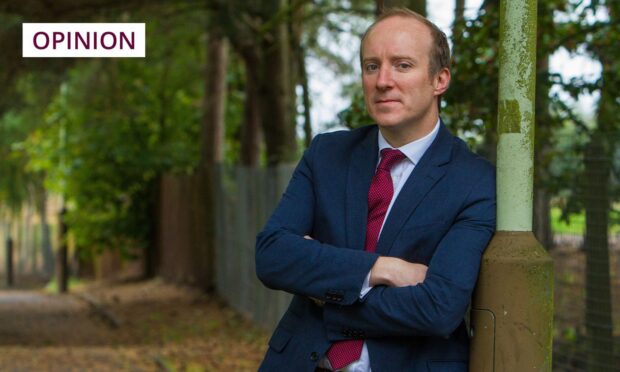
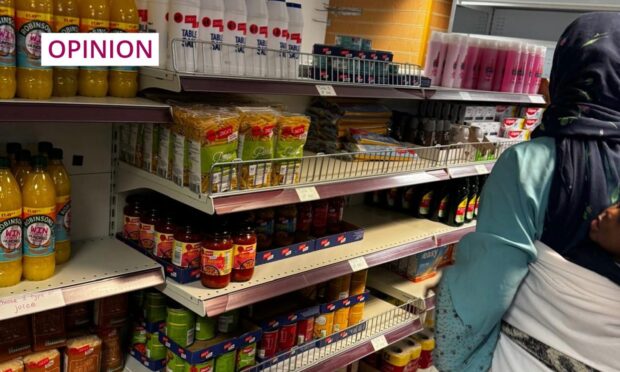
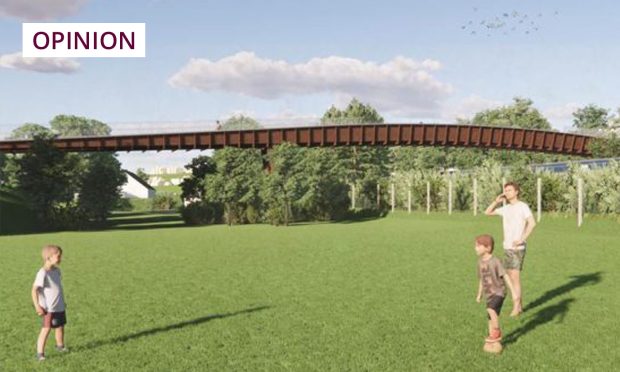
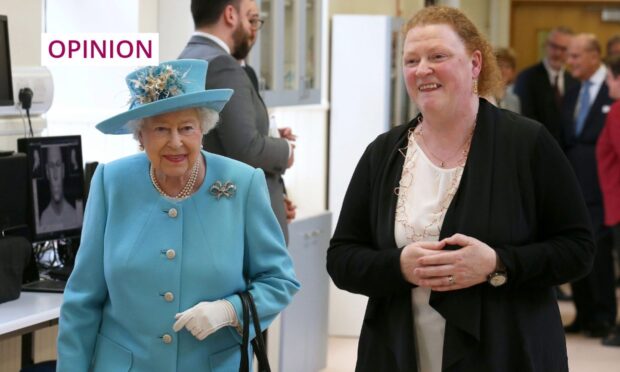


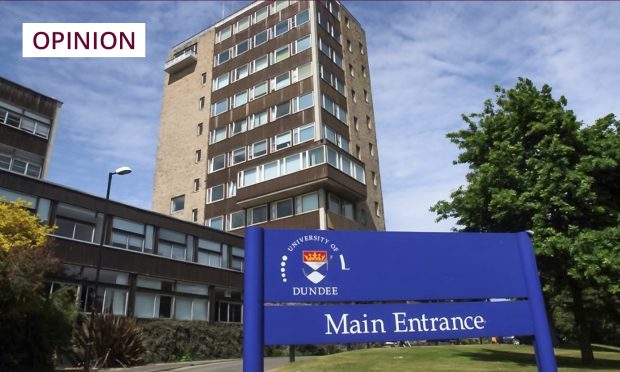
Conversation